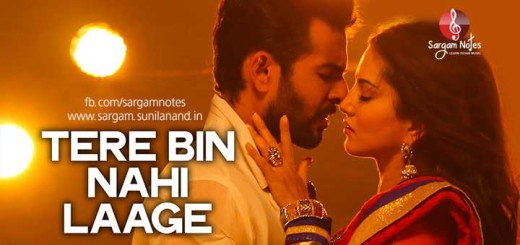Notation for Indian and Western Music – Similarities and Differences
Music is not bound by any language. Throughout the world the same seven notes rule the heart of music lovers. Each language might have its own way of representing these notes, and sometimes the differences and similarities can be very interesting. We’ll take the Indian and Western style of notations and check out the interesting similarities and differences.
The seven natural notes are Do, Re, Mi, Fa, So, La and Ti. They are often expressed also as C, D, E, F, G, A and B. In India, the same notes are called “Shudh Swar” which literally means pure sounds – indicating the natural notes. They are expressed as Sa, Re, Ga, Ma, Pa, Dha and Ni.
Indian Thaat (Sequence of Notes), If you know the scale / Thaat of song then you can play that song yourself without any Notation.
Bilawal C D E F G A B
Sa Re Ga Ma Pa Dha Ni
________________________________
Asawari C D D# F G G# A#
Sa Re Ga Ma Pa Dha Ni
________________________________
Kalyan C D E F# G A B
Sa Re Ga Ma’ Pa Dha Ni
________________________________
Khamaj C D E F G A A#
Sa Re Ga Ma Pa Dha Ni
________________________________
Poorvi C C# E F# G G# B
Sa Re Ga Ma’ Pa Dha Ni
________________________________
Todi C C# D# F# G G# B
Sa Re Ga Ma’ Pa Dha Ni
________________________________
Bhairav C C# E F G G# B
Sa Re Ga Ma Pa Dha Ni
________________________________
Kafi C D D# F G A A#
Sa Re Ga Ma Pa Dha Ni
_________________________________
Bhairavi C C# D# F G G# A#
Sa Re Ga Ma Pa Dha Ni
_________________________________
Marwa C C# E F# A B C+
Sa Re Ga Ma’ Pa Dha Ni






The material is really interesting
It is very good and helpful. thanks.
welcome